-
HYDRATION MATTERS
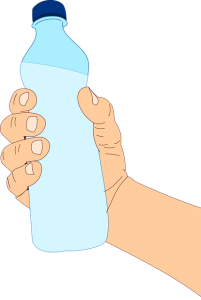
based on the 3.2% rule!
It took me four attempts at the Hawaiian Ironman before I finally realised the importance of prioritising proper hydration. Furthermore, understanding the critical balance between H2O, Sodium, Potassium, Magnesium and Calcium, and the timing (consumption) of nature's essential electrolytes. Unfortunately, based on a recent run, I still haven't learned my lesson.
Here's some data from a November run.
TOD
Distance
Temperature
Pace
Start Weight
Fin Weight
11.00 am
35km (3 hrs)
26’ c
5.00 kph
78.5kg
75.4kg
3.6% loss of starting weight in 3 hours.
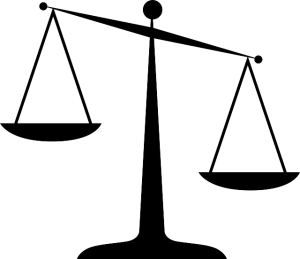
🏃 Out 17.5km in 90 minutes.
🏃 Home 17.5km in 95.35 minutes; and having me lose form, pace & attitude towards the end.
🏃 I consumed zero sugar or salts, and only drank water from available taps. I made 8 stops and had a total of ~300ml. Moron!
According to experts in hydration, tests have shown that losing more than 3.2% of body weight can, and usually does, decrease performance.
Likely physical dysfunction.
🥴 Lose optimal muscle contractions, the likelihood of muscle cramps, and a loss of coordination.
🥴 Increasing body temperature and the greater demands on the cardiovascular system.
🥴 Increasing demands on the limited muscle glycogen energy source.
Mental demands.

😫 From my experience, you’re travelling along well, then, boom, seemingly out of nowhere, you feel rubbish.
😫 Rubbish = either or all; your legs feel heavy and clunky, your temperature goes through the roof, you cramp, enter; gut ache, or your knee hurts.
After 20 years of training and racing long distances, I have come to the conclusion that the 'switch' moment, which is the point where you suddenly feel a decrease in your performance, is typically related to hydration. Feeling poorly and losing more than 3.2% of starting body weight is linked. It should be noted; that weight loss when on the go is in the form of liquid - NOT - body fat. It's as if your brain, your CEO and controller of your good health, suddenly throws out reasons to slow down, stop or even give up.
I know, and I have proven it many times, if I had consumed the following during my recent long run, I would have maintained almost optimal form right up to the finish line.
🚰 30 mins before starting – 1 hydrolyte in 200ml (no more).
🚰 ¼ gel packet every 30 mins chased by 200ml water.
🚰 1-2 grains of rock salt under my tongue every 15 minutes from 90 minutes.
🚰 On finishing – 500ml of cold coconut water.
While balancing and maintaining optimal (IN:OUT) hydration when exercising in warmer conditions is almost impossible, this strategy helps me avoid the 3.2% kaboom.
Test your before & after weight before your next session, just for interest!
-
Best $12 spent on back care.
-confirm with your health care worker before using-
-
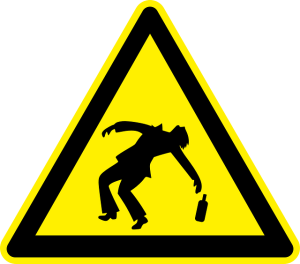
If you are able to drink responsibly, move on.
If you find the word 'responsibly' gets lost (easily), read on...
Tip 1 – Exercise before drinking.
Supercharge your metabolism with a short pre-drinking exercise session. This will help you burn more 'alcohol' calories faster and stay energised throughout the night.
Tip 2 – Favour salty food when sessioning beer.
I don't subscribe to the idea of drinking one glass of water for every alcoholic drink. This practice can cause frequent bathroom breaks and can result in the loss of essential minerals, leading to dehydration and bell-ringing hangovers. Instead, try incorporating some salty snacks along with your drinks to help retain fluids.
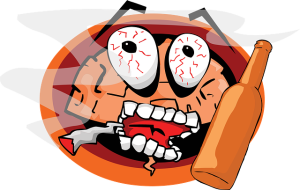
Tip 3 – Don’t mix ‘excessive’ alcohol and refined sugar.
This is my number one rule: consuming alcohol and refined sugar amplifies inflammation, contributing to gut & brain dysfunction the next morning. Further, sugary food de-regulates alcohol volume. Meaning, sugar allows further unnecessary alcohol. Favour protein instead.
Tip 4 – Consume probiotic food the morning after – not footy food.
Countering your acidic stomach balance quickly is essential. While it may not be as appealing as traditional game day food, you might try giving a bowl of berries and natural yogurt a try. Alternatively, try boiling some fresh ginger, lemon, and sea salt in water.
Tip 5 – You have 9 hours post-drinking to get moving!
Alcohol equals calories - lots of them. Movement means burning calories - lots of them. You have 'about' 9 hours to burn up those calories in holding before they end up in storage. Walking works!
-
Going long with a CGM! (Glucose Monitoring)
I think using a CGM (Continuous Glucose Monitor) is the most effective way to optimise metabolism and manage weight - particularly when genetically challenged with insulin (carb) resistance. Further, my experience shows a CGM can be used effectively to optimise endurance.
CGM tracks blood glucose in real-time – CLICK HERE
Food, exercise and sleep will influence blood glucose and optimum balance.
Ideally, most people don’t want blood glucose to be too low or too high. For example, sub 4.0 mmol/L and beyond 6.0 mmol/L are suboptimal for me.
CGM and going long…
From my experience, I have found that during long-distance exercise, it is crucial to maintain my blood glucose levels above 3.7 mmol/L to avoid hypoglycemia. Once my glucose levels drop below this threshold, no amount of sugar can help me regain my athletic performance. To prevent this from happening, I usually consume small top-ups of glucose at regular intervals during my exercise routine. This can be assessed in real-time.
In addition, I make sure that my blood glucose levels do not exceed 6.5 mmol/L the dinner before race day as it can make sleeping difficult and leave me feeling a bit flat in the morning. Similarly, I set a limit of 7.5 mmol/L for my pre-race breakfast to ensure that my glucose levels do not spike too high. This helps me to maintain optimal performance during my race.
Please make contact if you’d like to know more.
-
The #1 trail app - and it's free!

If you enjoy experiencing the great outdoors, and hopefully you do, please check out the Capra App.
🥾 Don't get lost ever again!
🥾 Plan your trip!
🥾 Remain safe!
🥾 Fill up your water bottle here! and not there! and...
🥾 When ya gotta go!
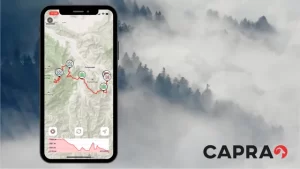
🚵♂️ If you race, check out the most accurate terrain & surface detail.

